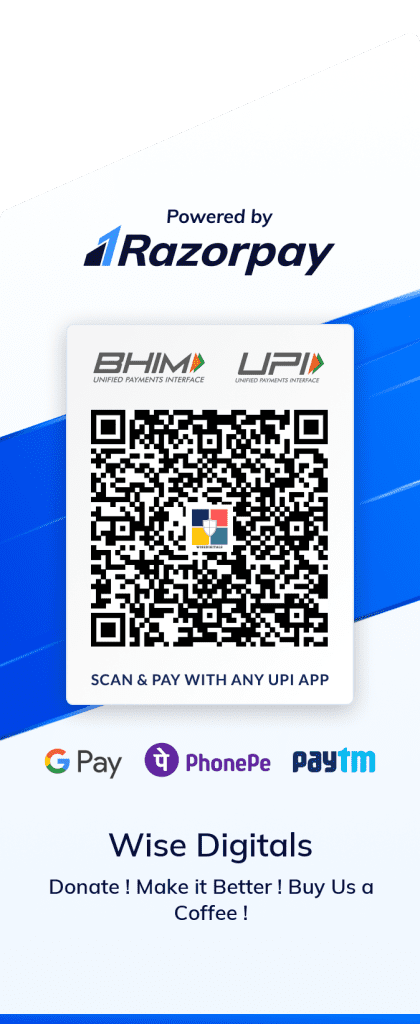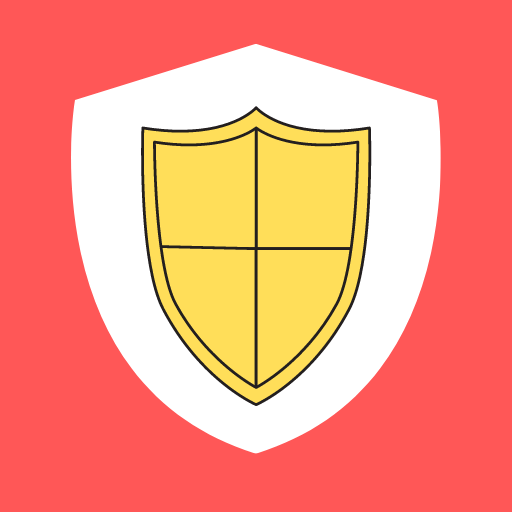Taxonomy
Contents
- 1 Anatomy
- 2 Biochemistry
- 3 Cardiology
- 4 Cells
- 5 Clinical Questions
- 6 Dermatology
- 7 ECG Questions
- 8 Echocardiogram
- 9 Embryology
- 10 Endocrinology
- 11 Gastroenterology
- 12 Genetics
- 13 Gynaecology
- 14 Hematology
- 15 IMAGE Questions
- 16 Immunology
- 17 Infectious Disease
- 18 Info-Bits
- 19 Info-Cards
- 20 Medicine
- 21 Mitral Stenosis
- 22 Nephrology
- 23 Neurology
- 24 Obstetrics
- 25 Oncology
- 26 Ophthalmology
- 27 Orthopedics
- 28 Pathology
- 29 Pharmacology
- 30 Physiology
- 31 Points
- 32 Psychiatry
- 33 Radiology
- 34 Respiratory system
- 35 Stream
- 36 Surgery
- 37 ULTRASONOGRAPHY
- 38 Valvular Heart Disease
- 39 Corpus striatum
- 40 Clinical Question-12
- 41 Simplified Bernouli Equation
- 42 ECG Question-2
- 43 Masquerading Bundle Branch Block
- 44 Image Question-55
- 45 Procalcitonin
- 46 Hypothyroidism – Points to Remember
- 47 Right atrial inversion
- 48 Which of the following is used in treatment of chronic thromboembolic pulmonary hypertension?
- 49 Renal cell carcinoma
- 50 Stauffer syndrome is most commonly associated with
- 51 ECG findings suggestive of acute pericarditis
- 52 Medicine MCQs-25
- 53 Image Question-55
- 54 Pericardial tamponade – Which is more likely
- 55 Fried egg appearance – which type of brain tumor?
- 56 Spodic sign
- 57 Parasitic infection of the CNS
- 58 TAPSE
- 59 Nitric Oxide Synthas
- 60 Pro-inflammatory cytokines released by macrophages in sepsis
- 61 Smudge cells
- 62 Chronotropic index
- 63 Maximum HR with exercise
- 64 Heart Rate Recovery
- 65 Conus Medullaris Syndrome
- 66 Image Question-54
- 67 Frog-leg position
- 68 ‘Blinking frog’ sign
- 69 Frog sign
- 70 Clinical Question-11
- 71 Nikolskiy′s phenomenon
- 72 Olfleck’s phenomenon
- 73 De Ritis ratio
- 74 Most common form of non-haemolytic hyperbilirubinaemia
- 75 Jaundice is usually clinically detectable when the plasma bilirubin
- 76 Circle of Willis
- 77 Artery of Wollschlaeger and Wollschlaeger
- 78 Azygos anterior cerebral artery
- 79 Arteria termatica of Wilder
- 80 The Vidian artery
- 81 Artery of Salmon
- 82 Artery of Percheron
- 83 McConnell’s Capsular Arteries
- 84 Recurrent artery of Heubner
- 85 Eponyms in artery
- 86 Waterston’s groove
- 87 Bachmann’s bundle
- 88 Pre-excitation
- 89 Accessory pathway
- 90 Wolf–Parkinson–White Syndrome
- 91 Sacubitril
- 92 Urinary tract infection
- 93 Clinical Question-10
- 94 McConnell’s sign seen in
- 95 Cysticercosis
- 96 Image Question-53
- 97 Down syndrome – Pulmonary hypertension
- 98 Transient myeloproliferative disease
- 99 Down syndrome
- 100 Krückmann-Wolfflin bodies
- 101 Brushfield spots
- 102 Myelopathy in Down syndrome
- 103 Down syndrome – characteristics in Down syndrome
- 104 Down syndrome – disabilities
- 105 Manning criteria
- 106 Most common chromosomal abnormality
- 107 Down syndrome – genetic disorder
- 108 Types of Down syndrome
- 109 Congenital defect
- 110 Myocardial bridging- coronary artery anomaly
- 111 Ghent criteria
- 112 Triad of sinusitis, pulmonary infiltrates, and nephritis
- 113 Most common cause of glomerulonephritis
- 114 Nephrotic Glomerulonephriti
- 115 Tram track appearance in kidney
- 116 CKD classification
- 117 What is the most common cause of death in renal failure patients
- 118 Most common cause of End-stage renal disease
- 119 Gorelick Scale
- 120 Vascular dementia
- 121 Conversion disorders presenting as hemiparesis
- 122 Mechanism of Positive Hoffmann’s Reflex
- 123 Mayer reflex
- 124 Neurology MCQs – 5
- 125 Low-flow, Low-gradient Severe Aortic Stenosis
- 126 Right ventricular infarction
- 127 Classic ECG criteria for the diagnosis of ST-segment–elevation myocardial infarction
- 128 Brockenbrough-Braunwald-Morrow sign
- 129 “Brockenbrough-Braunwald-Morrow phenomenon”
- 130 Venturi effect
- 131 “Spike and dome” pulse
- 132 Significant Coronary artery lesion
- 133 Fractional flow reserve (FFR)
- 134 Which is the term used to describe the amount of additional blood flow that can be supplied to the heart above baseline blood flow?
- 135 Most common genetically transmitted cardiomyopathy
- 136 Hounsfield units
- 137 Annihilation Coincidence Detection
- 138 Treatment for Bell’s Palsy






